Yoga is derived from Sanskrit root ‘YUJ’ which has various meanings. They are “to bind, to join, to attach, to concentrate once attention on, to use, to apply, joining individual soul with universal soul, joining body with mind, uniting the body with mind and spirit, etc.,. In a nutshell, yoga means, to unite the various aspects of the life to achieve a harmonious whole, learning to live in the present moment.
Patanjali, a sage who lived around 300-400 B.C. is the father of yoga. His works called ‘Patanjali yoga sutra” deals with the principles of yogic philosophy. He condensed these principles into 8 concise points called the ‘Ashtanga Yoga’ or ‘Raja Yoga’ which consists of 185 terse aphorisms. These are considered to be the eight steps in which a man or woman will ultimately attain self-realization and liberation from the body and mind.
The following are the eight steps of Ashtanga Yoga

The etymology of the word yoga and its various definitions are analysed. There are various methods of practicing yoga based on the theory of practicing. Different scholarly persons of yoga classify yoga with different names. Among them ‘Ashtanga Yoaga’ of patanjali, ‘Hatha Yoga’, ‘Mantra Yoga’, ‘Laya Yoga’, ‘Tantra Yoga’, ‘Natha Yoga’, ‘Swara Yoga’, ‘Siddha Yoaga’, ‘Bhakti Yoaga’, ‘Gnana Yoag’, ‘Kriya Yoga’, and ‘Karma Yoag’ are the most important yogas.
“Health is wealth” says an old adage. Ancient wisdom categorically states that wealth alone is not enough to lead a good life. With money one can buy food, but not hunger, bed but not sleep comforts but not cheerfulness and so on. In fact nothing can be enjoyed in life without health. An unhealthy person is a liability to himself / herself, to the family members and to the society. A sound mind is always in a sound body.
Particularly in today’s fast world, health problems are compounded by a single most important factor, which is in-built in our lifestyles viz. STRESS. Stress creates and aggravates many mental and physical ailments like psychological imbalances, psychosomatic disorders, cardiac attacks, respiratory ailments digestive deficiencies etc., these complaints lead to early heart attack, sniffing out life from the breadwinner and plunging the whole family in grief and despair
